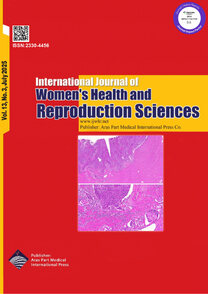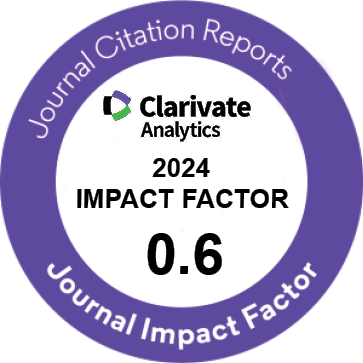| Case Report | |
| Maternal Health and Early outcome in Pregnant Woman with Eisenmenger syndrome and Ebstein Anomaly | |
| Razieh Parizad, Mehrnosh Toufan Tabrizi, Maryam Chenaghlou | |
| Cardiovascular Research Center,Tabriz University of Medical Sciences, Tabriz, Iran | |
|
IJWHR 2014; 2: 035-038 DOI: 10.15296/ijwhr.2014.06 Viewed : 6181 times Downloaded : 6859 times. Keywords : C/S (Cesarean Section), CVA, Ebstein Anomaly, Eisenmenger, PCA (Posterior Cerebellar Artery), Preeclamsia, Pregnancy Outcome, PSVT (Paroxysmal Supraventricular Tachycardia) |
|
| Full Text(PDF) | Related Articles | |
| Abstract | |
Eisenmenger syndrome (or ES, Eisenmenger reaction or tardive cyanosis) is defined as the process in which a left to
right shunt caused by a congenital heart defect in the fetal heart
causes increased flow through the pulmonary vasculature, causing pulmonary hypertension,(1) which in turn causes increased pressures in the right side of the heart and reversal of the shunt into a right-to-left shunt. Eisenmenger syndrome is a cyanotic heart defect characterized by a long-standing intracardiac shunt (caused by "VSD": Ventricular septal defect, "PDA": Patent ductus arteriosus, or, less commonly, "ASD": Atrial septal defect ) that eventually reverses to a right-to-left shunt. This syndrome is less frequent today because of medical screening with echocardiography early in life. Eisenmenger syndrome specifically refers to the combination of a cardiac shunt (systemic-to-pulmonary), significant enough to cause cyanosis and overtime pulmonary hypertension. Pregnancy should ideally be avoided in a woman with Eisenmengersyndrome, since it carries a high (approximately 50 percent) risk of sudden death for mother, frequently occurring a few days postpartum (2).However, a case of Eisenmenger syndrome and Ebstein anomaly in pregnancy where the patient's postpartum complications were successfully managed is reported.. |
Cite By, Google Scholar
Online Submission System
 IJWHR ENDNOTE ® Style
IJWHR ENDNOTE ® Style
 Tutorials
Tutorials
 Publication Charge
Women's Reproductive Health Research Center
About Journal
Publication Charge
Women's Reproductive Health Research Center
About Journal
Aras Part Medical International Press Editor-in-Chief
Arash Khaki
Mertihan Kurdoglu Deputy Editor
Zafer Akan






















